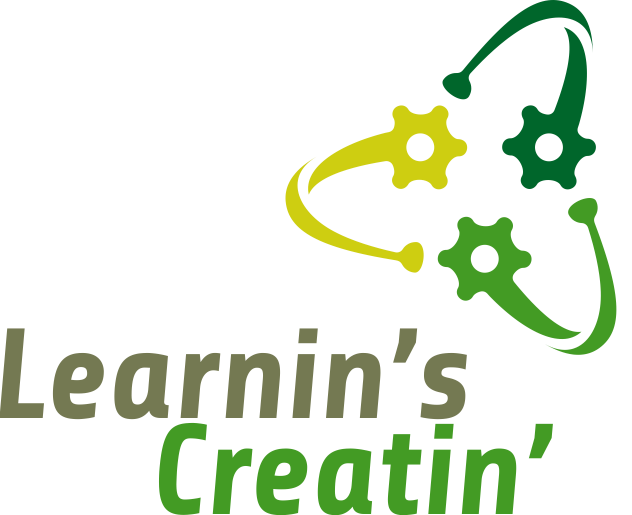Abstract
Bioenergy area businesses, producing fuels derived from renewable energy sources, are experiencing augmented procurement pressure on raw materials which has been leading to increased prices, which can be partially counteracted with the use of alternative materials.
On the other hand, industries are facing some side effects of their activity in terms of emissions and climate changes.
Reducing these emissions and consequently protect air quality, beyond the goal itself, can be seen as an opportunity to increase the energy efficiency of processes.
To make this possible, there is the need to mitigate some negative characteristics of those eventual materials, and one way to achieve this is the production under controlled biological cultivation environments. Another way to decrease those hindrances is to make blends of different species, resulting in different materials with different mechanical properties but also with different chemical compositions.
These are some of the opportunities that allow the involvement of students in technological fields and engineering courses in the study and search for applied solutions.
This involvement with strong biological and energy components (both thermal and electrical/electronic) will be implemented using methodologies of scientific research and technological development (SR&TD). It will address issues experimented by industries or pointed out by societal organizations, and will have the assistance of faculty members from European polytechnics and higher education institutions with experience in practice based research and active learning methodologies.
This project is directed to two main strands: to look for alternative species and to increase energy efficiency. The alternative species will contribute to the biodiversity of Vila de Mortágua, as well as to create a supplementary economic activity based on sustainable products. Pellets Power, a major player in the national pellet production market, will benefit from such diversity, reducing its reliance on raw materials currently used massively by other sectors.
The energy from the flue gases will be recovered and transferred to the drying process, which will allow better control of combustion and the drying process itself, increasing energy efficiency; this optimization will reduce the company’s production costs and improve the air quality of the environment.
Finally, students will be involved in problem-solving, measurement planning, and solution-seeking, and an environment of practice-based problems will be created that will promote active learning attitudes. In doing so, students will become more aware citizens and improve their own efficiency, if and when they pursue their academic careers.
Objectives
This project comprises a specific task to thoroughly address the projects management structure that will be put in place, assign the project coordinators, constitute a previously established net of relations between the team members and become apparent the agile superstructure that will be in charge of the project deliverables. These are partially recognized in each task but, beyond that, there are a discrete number of milestones that constitute the most visible part of the project activities:
1. Appropriateness of chosen shrubland species growth and quality to sustain bioenergy production.
2. Identification of solutions to increase the manufacturing process energy efficiency.
3. Best practices manual on experience and practice based learning




